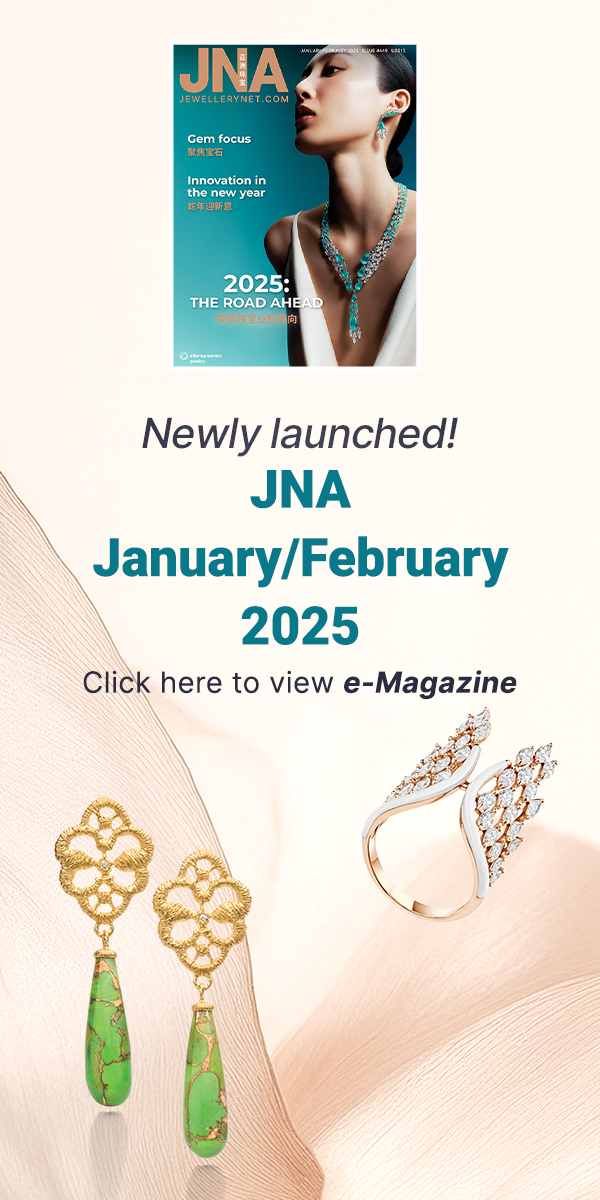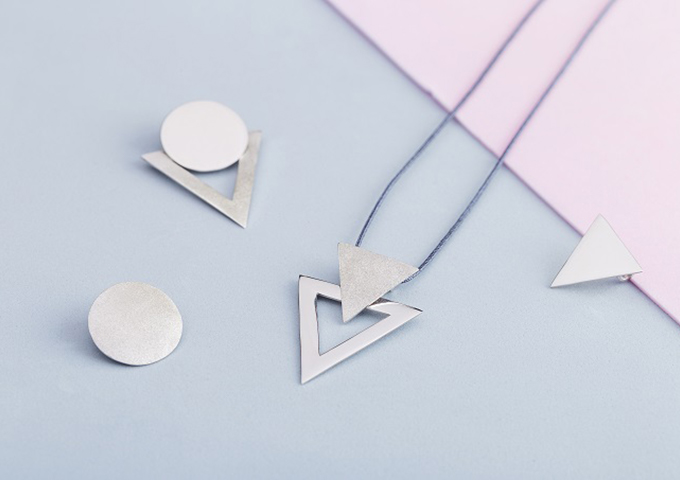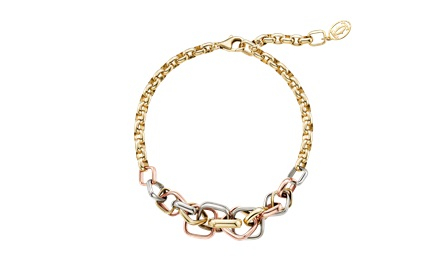Silver jewellery is at the forefront of jewellery design as consumers increasingly gravitate towards trendy pieces at competitive prices. The ultra-versatile metal is often paired with a variety of gemstones that give it a compelling, contemporary edge.
Citing silver’s “beauty, lustre and workability,” the Silver Institute said jewellery designers are constantly offering silver to fashionable and discerning consumers. “For example, jewellery designers may combine silver with turquoise for Southwestern US jewellery motifs or more exotic semi-precious stones for a high-end look,” the institute said.
Silver is available in various purities. Its purest form – .999 fineness – is 99.9 per cent silver and is considered too soft for jewellery manufacturing, according to the Silver Institute.
As such, jewellery designers add harder metals such as copper for a sturdier alloy. This in turn produces what is known in the trade as “sterling silver,” which is 92.5 per cent silver and 7.5 per cent copper. “Sterling silver has been a standard for silver jewellery in many countries for centuries. Sterling silver is ideal for earrings, bracelets, and necklaces because of its enhanced durability,” remarked the institute.
In an industry update published early this year, the Silver Institute said global jewellery demand is forecast to rebound to 174 million ounces but remain below pre-Covid levels. A most recent outlook released in April meanwhile said jewellery and silverware demand should enjoy double-digit increases in 2021 due to steady market interest.









